Best practices for watering to indoor plants to ensure their life and healthy growth. It will bloom and grow substantially if your watering practices are right. Watering indoor plants needs extra care because over-watering can cause your plants to die. We understand that you are worried about the health of your plants and want to know about the right methods and amount to water your plants
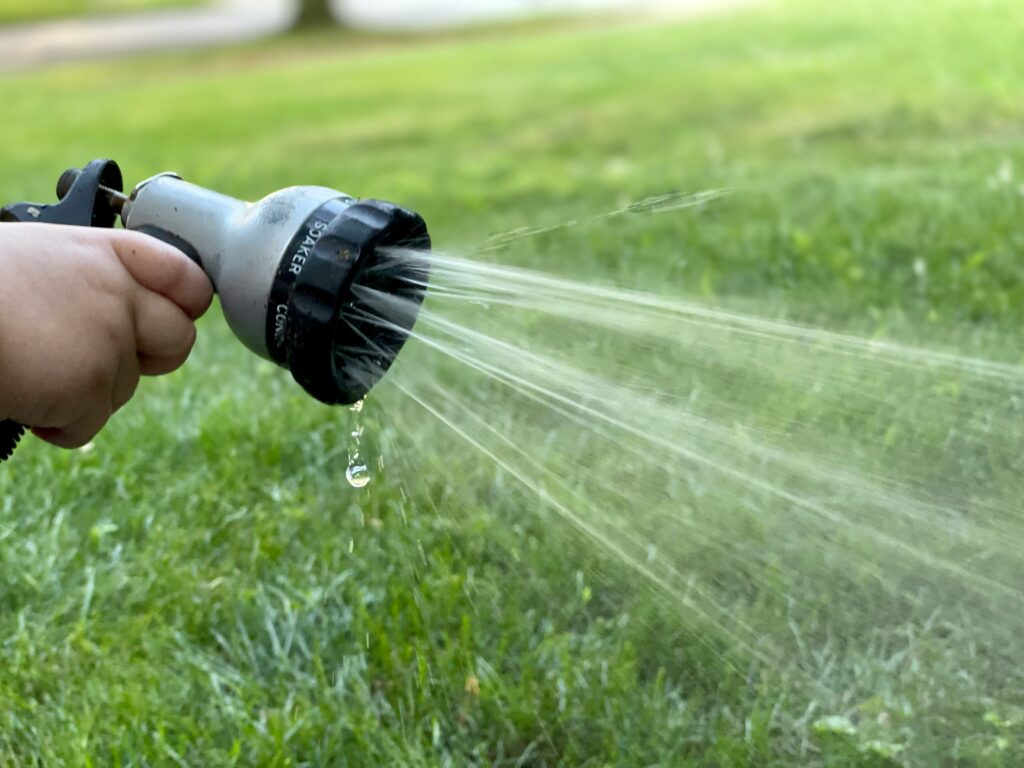
We know very well why you are looking for the right techniques to water your plants. In this blog we will help you understand best Practices for Watering to indoor Plants growth how to water your plants’ rightly. Let’s start the fun reading.
Watering plants depends on soil Moisture
Soil moisture depends on whether your indoor plant is in the soil or the container. Containers usually need less water because there are containers that retain moisture. Soil dries out quickly so it will need water frequently.
Also, if you want to check the soil moisture use the thumb method. Dig your thumb in the soil if it feels dry then water it otherwise leave it. This is because plants need 3-4 inches of moisture for healthy growth.
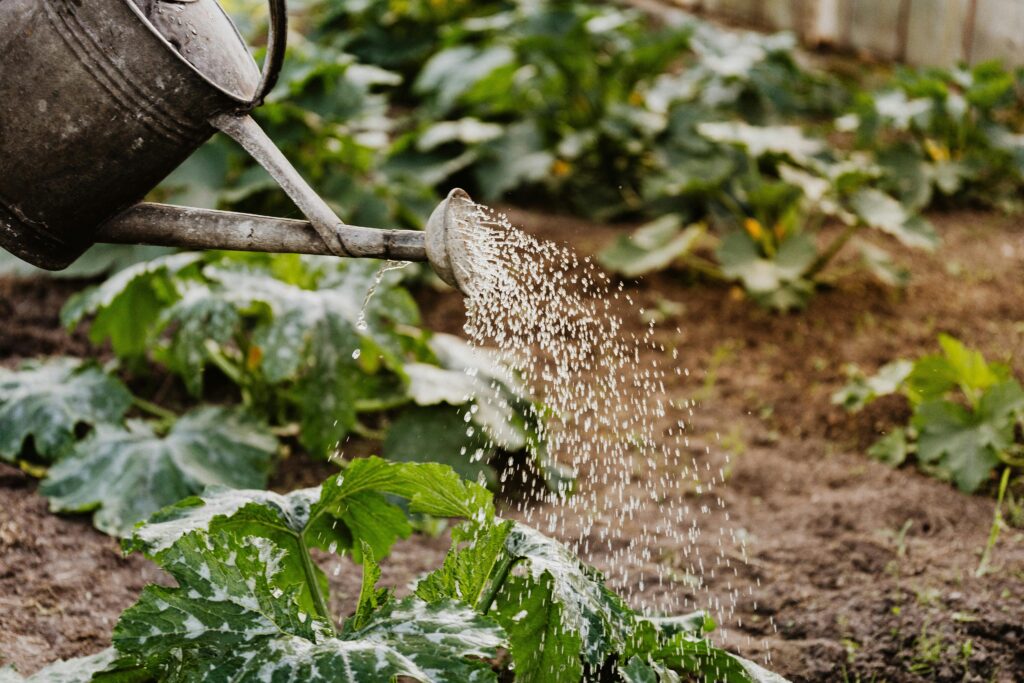
Watering plants also depends on the season. If it is hot and summer plants will need more water and if it is winter plants will need less water. So, Water your plant according to the soil moisture and season.
Water plants in the morning
Watering plants at any time may prove to be helpful. However, watering plants in the morning will give your plant extra resistance against diseases. Pathogens, mostly, thrive and reproduce in moist places.
Watering plants in the morning will absorb quickly in the soil. At night, the moisture will be retained, and your plant is at high risk of getting disease.
Water the roots, not the leaves
Most people water the plants from above which is wrong. Roots are responsible for the absorption of water and nutrients. You need to water the roots as they will absorb water and maintain a healthy environment. Leaves have nothing to do with absorption; it is responsible for photosynthesis.
Watering your plant from above will increase the risk of certain pests developing in your plant such as Fungus Gnats and Mealybugs is recommended to water your plant in the roots, not on the leaves.
Water it deeply
Your indoor plants need strong roots to absorb nutrients and hold strongly and firmly. The roots need to grow in size and go deeper into the soil. Watering your plant from the surface will not help. If you only sprinkle the surface; plants’ roots will not grow.
Water it, at least, in such an amount that the soil absorbs almost six inches of water. That will allow the roots to grow and absorb more nutrients. If the soil absorbs water, then do not water it again for several days.
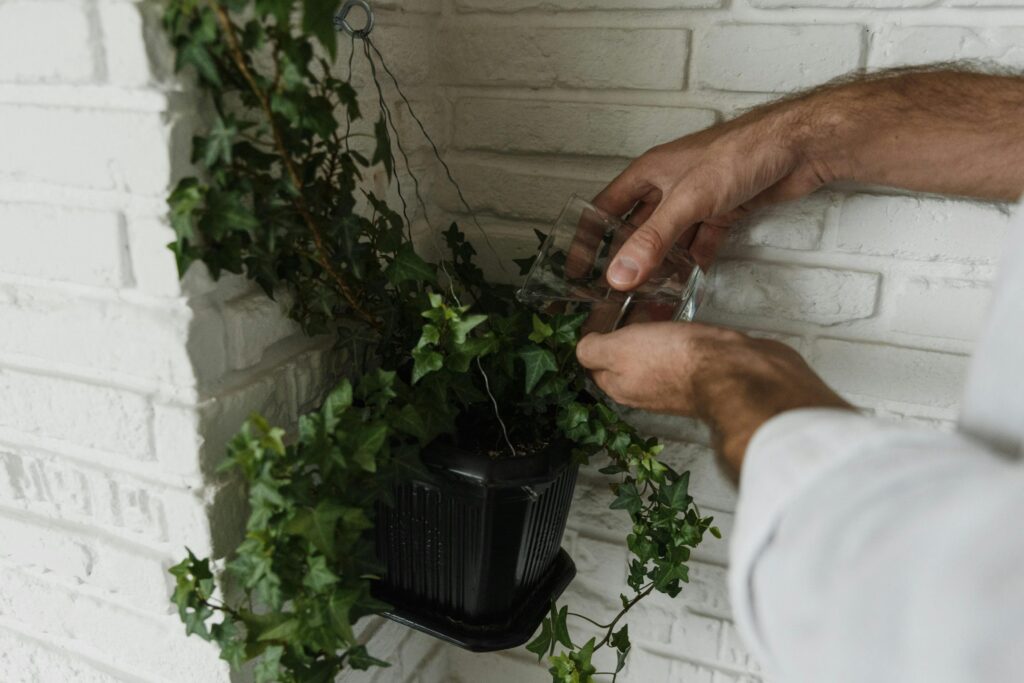
This will allow the roots to grow in size as it will search for water. Water your plant thoroughly and deeply, and let the soil absorb about 4-6 inches of moisture.
Temperature of water
The temperature of water is necessary to maintain. Temperature may vary from plant to plant. However, the ideal temperature of water is room temperature. Cold water can shock the roots; preventing the xylem from transporting the water and hair roots to absorb water.
Hot water can burn the roots and thus prevent the roots from absorption and obstructing healthy growth.
Watering plants depends on the drainage system
Indoor plants, mostly, grow in pots or containers. These pots and containers have a proper drainage system. The holes in the pots allow extra water to escape quickly. This prevents extra moisture and allows the pot mixing to dry out quickly. We recommend checking your plant regularly and watering it thoroughly.
Use Mulch
A layer of organic materials, such as leaves, around the plant, protects the plant’s root from excessive heat and prevents moisture from evaporating. Mulch can be very useful because it contains all the necessary nutrients available for the plant growth. Also, Mulch can provide an excellent layer of organic materials and provide insulation against heat.
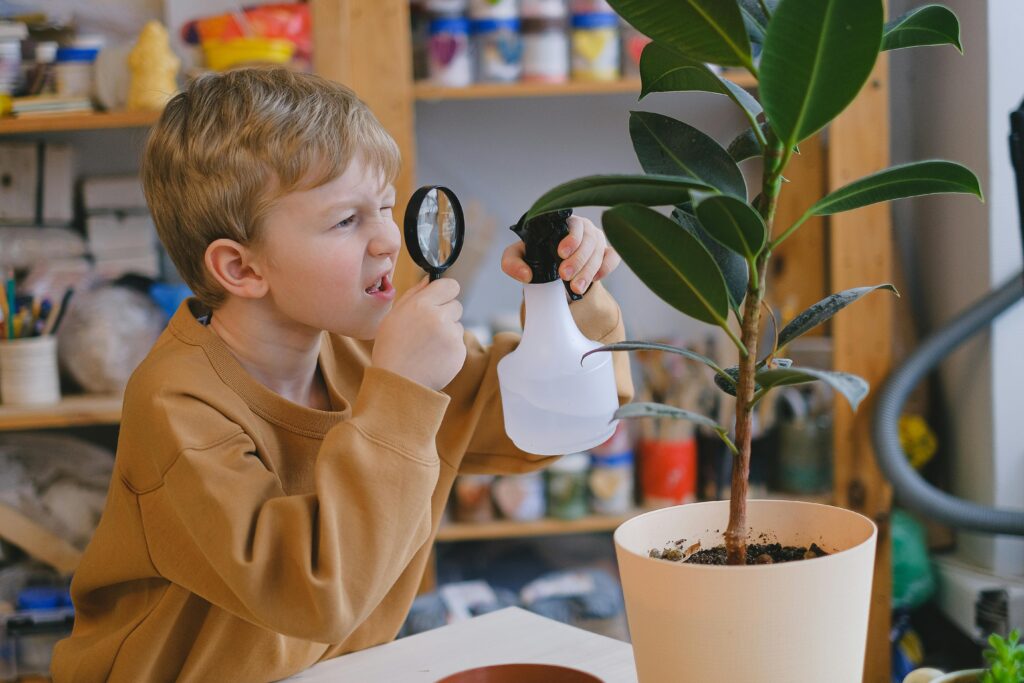
Avoid Overwatering
Watering plants at the optimum amount will ensure healthy growth. Underwatering or overwatering can cause damage to your plant.
For instance, if you overwater your plant the moisture will be there. It will allow pathogens to grow, exposing plants to diseases. Overwatering may cause leaves to wilt or turn yellow, obstructing the process of photosynthesis and thus preventing the plants from growing.
We recommend watering at the best level, neither more nor less.
Watering according to plant types
Watering plants depends on the type of plant. Succulents like cactus, can survive in a drought environment. It will need water deeply and thoroughly. If you water it once a week it will survive and will be healthy.
Vegetables need frequent and deep water. These types of plants usually need 2-3 times more water in a week. Soil moisture should be 3-4 inches. Tropical plants will also need water once a week. Ensure that the soil is moist and its pot has a good drainage system. This will create room for good health by preventing extra moisturization.
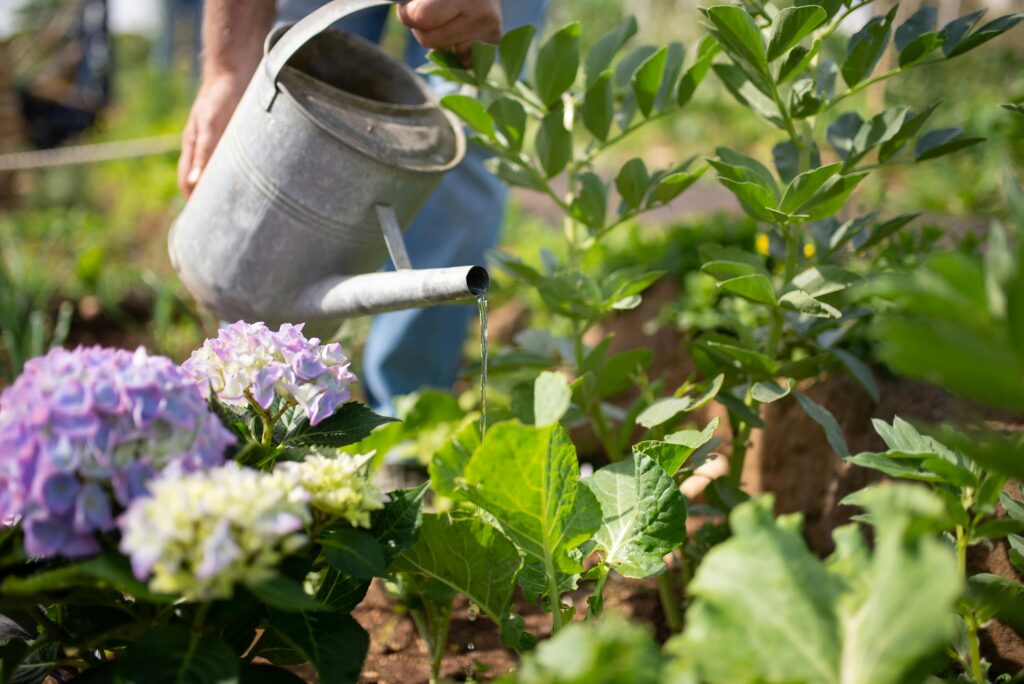
Fruit plants will need deep water in the early years. Mature plants don’t need regular water but young plants will need care and regular water. Fruit plants can be watered once or twice a week when mature but four or five times a week when young.
FAQ’S
What is the best method of watering?
There can be different methods for watering plants. The Drip irrigation method is mostly recommended by many gardeners. However, watering by hand can be very useful for plant growth.
What is the best water treatment for plants?
The best water treatment for plants is using filtered water. It can effectively remove impurities that can hinder plant growth and this ensures the healthy growth of plants.
Is RO water good for plants?
Reverse osmosis is the best gardening technique for experienced water gardens. It allows you to control the water and nutrients flow.
If you are new to gardening, we recommend using hard water as RO can challenge ing for you.
How do you purify water for plants?
Water can be purified by different methods. Boiling, filtrating, chlorination, and distillation are the best methods for the purification of water. However, you can just place your bucket steadily and let the particles sit. Then you can use it.
What is the healthiest water for plants?
Any type of water can be used for plants but filtered and rainwater can be very useful for healthy growth. It provides necessary nutrients
Final thoughts
Water is necessary for plant growth and survival. However, irregular practices of watering plants can damage your plant. Water it in the morning, deeply, and in the roots help plants to grow faster if we follow the best practices for watering to ensure indoor plants life and health.
